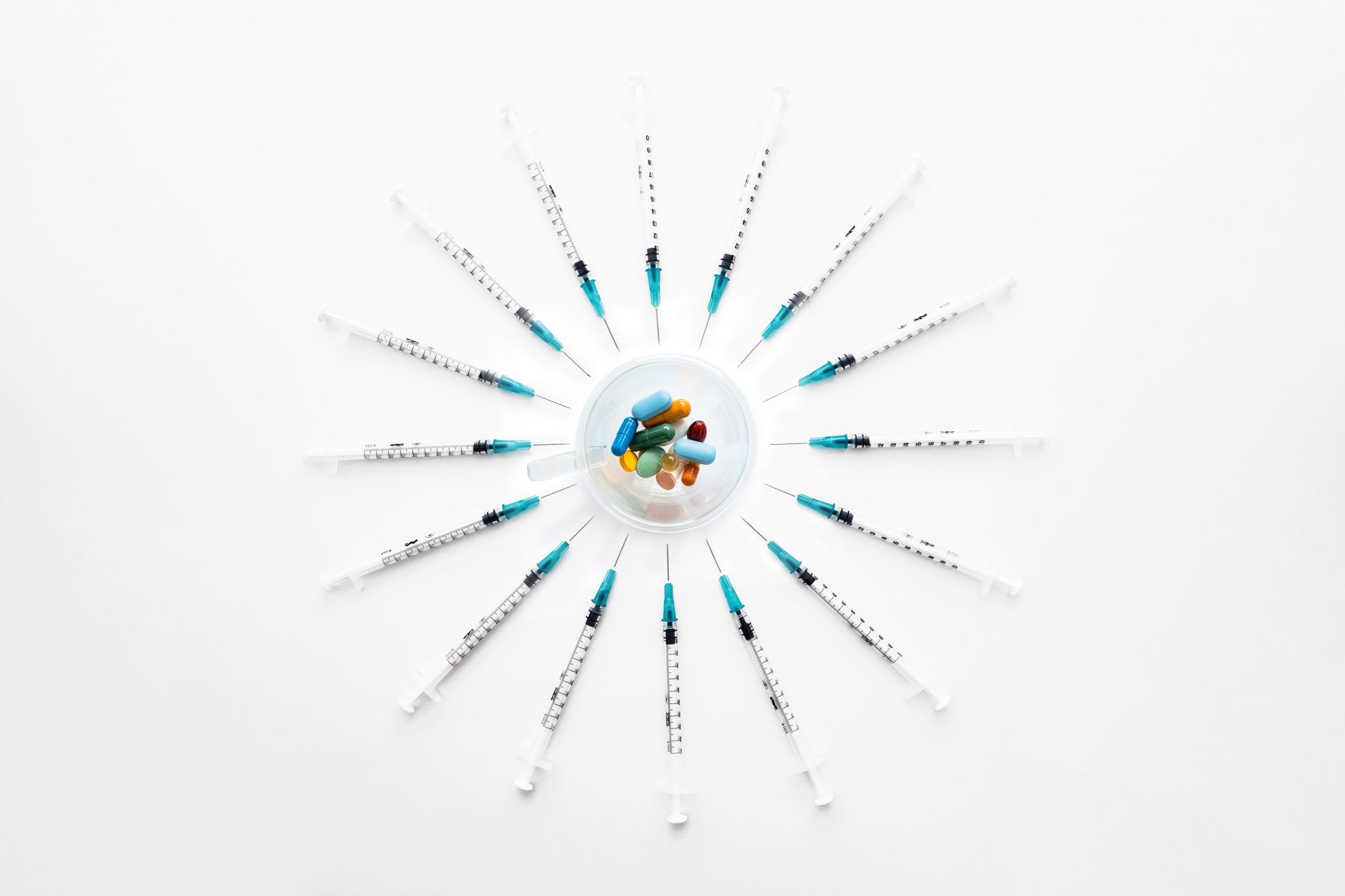by Tatum O’Brien
Americans spent around $539 billion on medications in 2020 alone and about $150 billion on medical devices. Whether you need a prescription to control your blood pressure or need a hip replacement, the products you use will all have one thing in common—they’ve gone through the Food and Drug Administration (FDA) approval process.
While we should be able to trust the FDA in its procedures for approving medical products—and other products—for mass consumption across the country, mistakes do happen. Sometimes, lobbyists successfully push to fast-track approval of a product without adequate vetting and testing. This puts consumers at risk of harm.
Overview of the Approval Process
While the FDA does play other roles in the U.S. regulatory system, its most well-known task is to evaluate new medical products for approval. Steps in the process include:
Analyzing the target medical condition and other treatments already available. FDA reviewers review the nature of the situation
the product will treat and treatments already on the market. If few
successful treatments are already available for a serious condition,
it can weigh in favor of approval.
Assessing benefits vs. risks. The pharmaceutical company must submit data from clinical studies, and the FDA reviewers use this data to determine the risks and benefits of the product. Many factors will be weighed, including whether multiple trials are possible or not, whether the product will provide great benefits to the target patients, potential side effects and other risks, and more.
Risk management. Every medication has some risks, but the benefits of certain pharmaceuticals far outweigh the risks. The FDA then seeks the best way to manage any risks of a product to protect consumers. The FDA might order certain labels or marketing information, or the drug company might have to develop another risk management and mitigation strategy.
Suppose the FDA reviewers believe that the risk management sufficiently protects consumers when compared to the benefits of a medication or medical product. In that case, it can approve the
product’s sale and marketing.
Accelerated Procedures
In some cases, the FDA has an accelerated approval process that can work to get pharmaceuticals on the market as soon as possible. There are different reasons why a drug might qualify for acceleration, including if the necessary clinical studies would take a very long time, and people need the benefits of the medication much sooner.
For example, in 2020, the FDA not only fast-tracked possible COVID-19 vaccines and treatments but even created a new specific program, the Coronavirus Treatment Acceleration Program (CTAP). This is one example of when the public safety and health need outweigh the possible risks of the medications that might be currently unknown.
Defective Products Make it onto Shelves
Even with the FDA approval process, there are many different medical products that are later recalled or become the subject of mass torts litigation because of serious risks and side effects. In some cases, pharmaceutical companies did not know about the risks, while other companies knew and concealed the information or failed to warn consumers.
For instance, the wildly popular heartburn drug Zantac (ranitidine) was on the shelves for decades before research revealed excessive levels of carcinogens in the drug. Since then, the FDA pulled all ranitidine products from shelves and many cancer patients or surviving families have joined in litigation against the manufacturer.
FDA Approval
In cases where the FDA determines that a drug has been shown to be safe and effective for its intended use, it is then necessary to work with the applicant to develop and refine prescribing
information. This is referred to as “labeling.” Labeling accurately and objectively describes the basis for approval and how best to use the drug.
Often, though, remaining issues need to be resolved before the drug can be approved for marketing. Sometimes the FDA requires the developer to address questions based on existing
data. In other cases, the FDA requires additional studies. At this point, the developer can decide whether or not to continue further development. If a developer disagrees with an FDA decision,
there are mechanisms for a formal appeal. As was stated earlier in this article: sometimes, lobbyists successfully push to fast-track approval of a product without adequate vetting and testing. This puts consumers at risk of harm








Leave A Comment